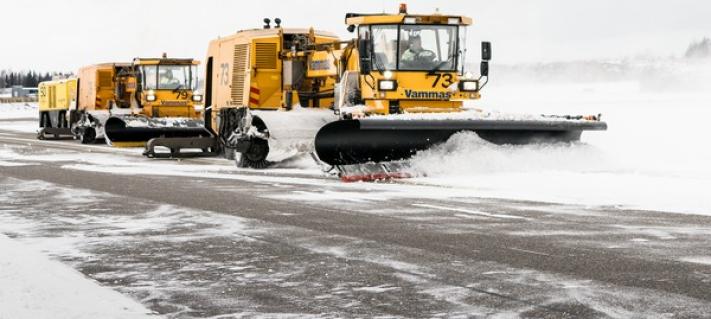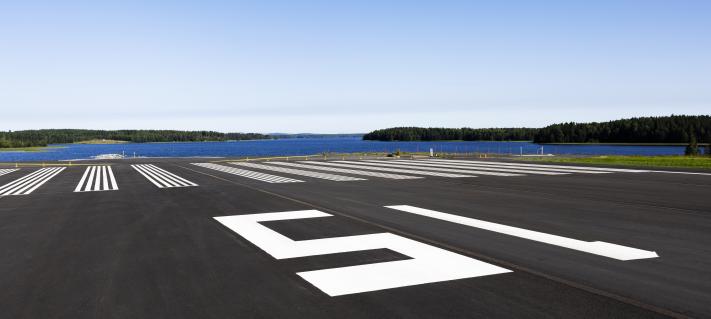- The new machines are included in Finavia’s digitisation and service development plan, the aim of which is to make flying as easy and comfortable as possible. We are also supporting the wide-scale development programme of Helsinki Airport and preparing the airport for growing passenger numbers, Ville Haapasaari, Airport Director at Finavia says.
In Haapasaari’s view, the digital solutions will speed up departures and increase the flexibility of travelling, while personal customer service can be targeted to meet the needs of customers even better.
Ticket readers to be tested in Terminal 2
Passengers scan their tickets or boarding passes at the reader before continuing to security control. The machine reads the flight information from the bar code and lets the passenger through to security control.
This means that security officers will no longer have to check the tickets. This will shorten queue times and make security control even smoother than before. The first experiences of the machines have already been positive, they have made the security control process faster.
“The new procedure is easy to learn for passengers, but, of course, it will require some getting used to. Our staff will answer passengers’ questions and assist anyone who needs help,” Haapasaari says.
Automatic ticket readers are currently in use at one security control point in Terminal 2. We plan to digitise the security control points in stages, so that all security control points in Terminal 2 will eventually have automated ticket inspection.
Inspecting tickets before security control is based on an EU regulation which entered into force in 2010. The purpose of the regulation is to verify the passengers’ intent to travel before admitting them to the safety control area. The regulation is part of legislation concerning the safety of civil aviation.
Departure gate automation
There is also another similar project underway at Helsinki Airport, designed to streamline ticket inspection. Finavia is testing so-called boarding machines with selected carriers, in order to make the boarding of passengers smoother.
So far, the machines have been taken into test use at two gates. The plan is to install more machines after the testing phase. According to the plan, the airport will have seven e-boarding machines by the end of the year.
Finavia’s development programme—worth nearly a billion euros—is in progress at Helsinki Airport. The aim of the programme is to prepare the airport for growing passenger numbers and to secure its position as a competitive, international airline hub. Short transfer times, friendly staff and world-class services are among the strengths of Helsinki Airport.



